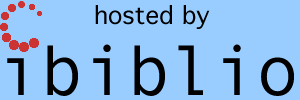|
Volunteering Opportunities or, Please Help Us! |
|
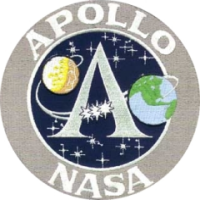
Please enable javascript in your browser to see a site-search form here.
|
 |
|||||||||||||||||||||
|
Please enable javascript in your browser to see a site-search form here.
|
||||||||||||||||||||||
The following
AGC assembly listings are awaiting
conversion:
|
 Before
|
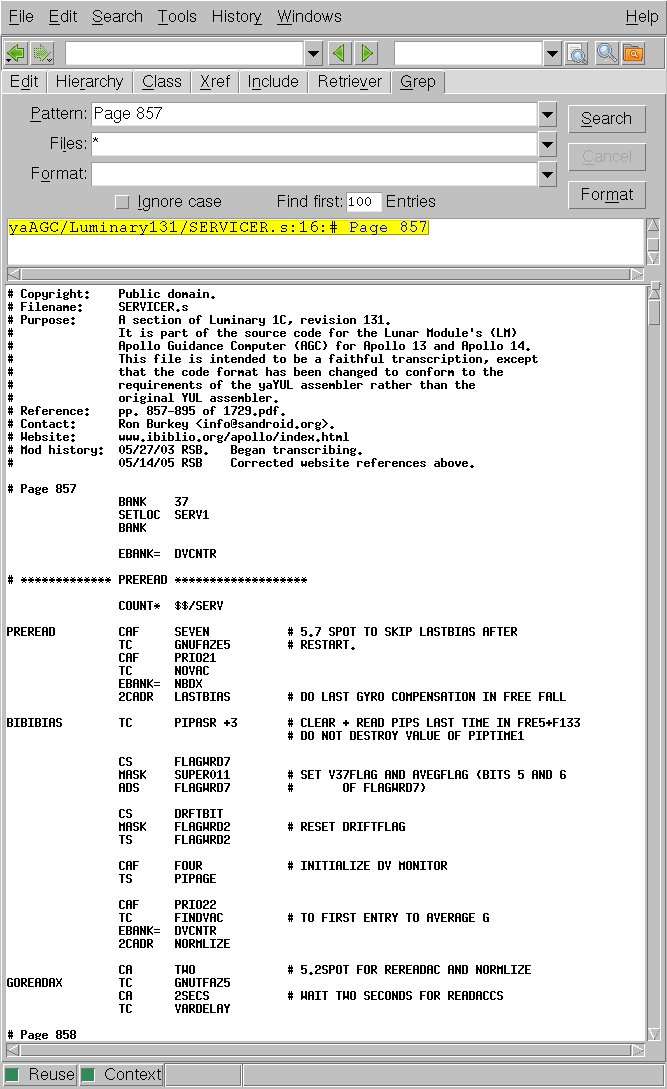 After
|
The following
AGC octal listings are awaiting
proofing:
|
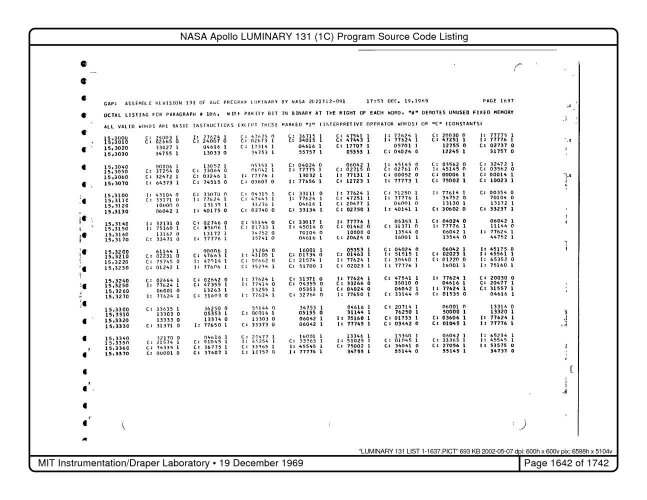 Page image, Luminary 131 p. 1642 |
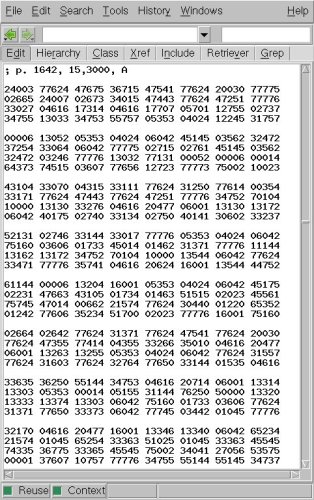 Binsource, Luminary 131 p. 1642 |
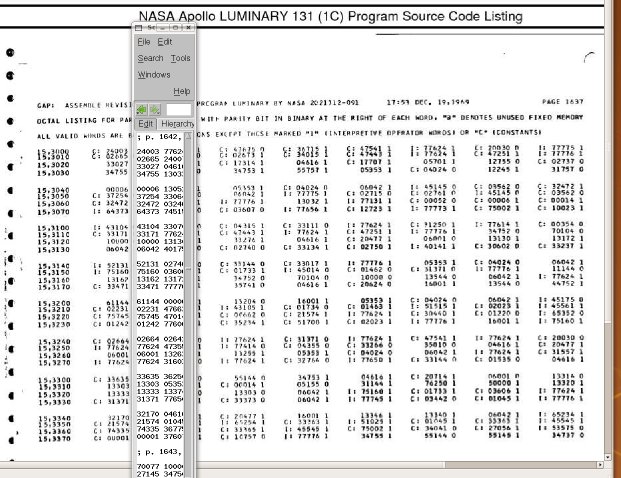
The following
AGC assembly listings can profit by having comments proofed:
|
